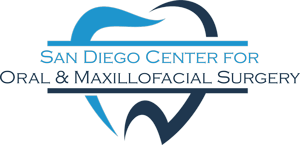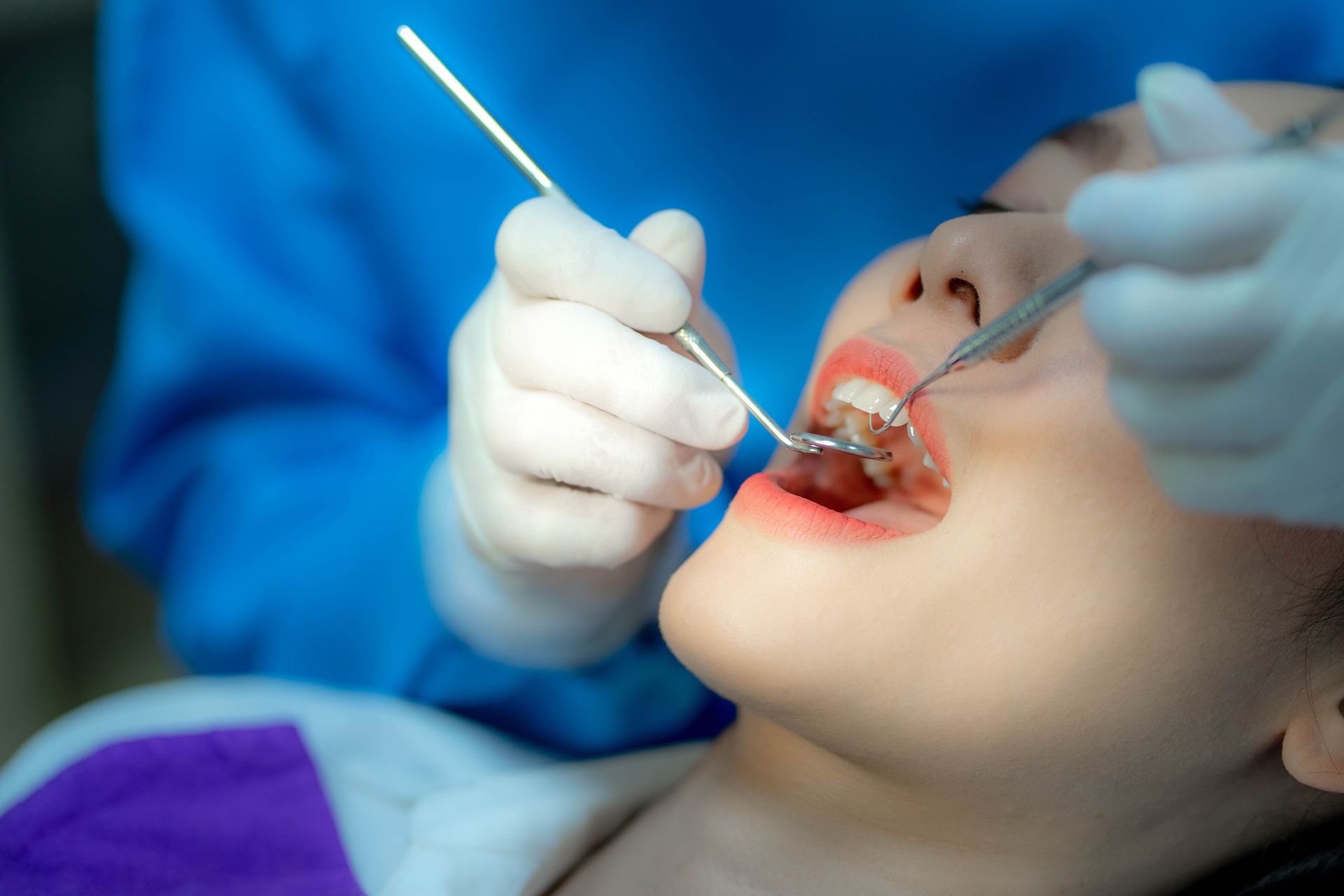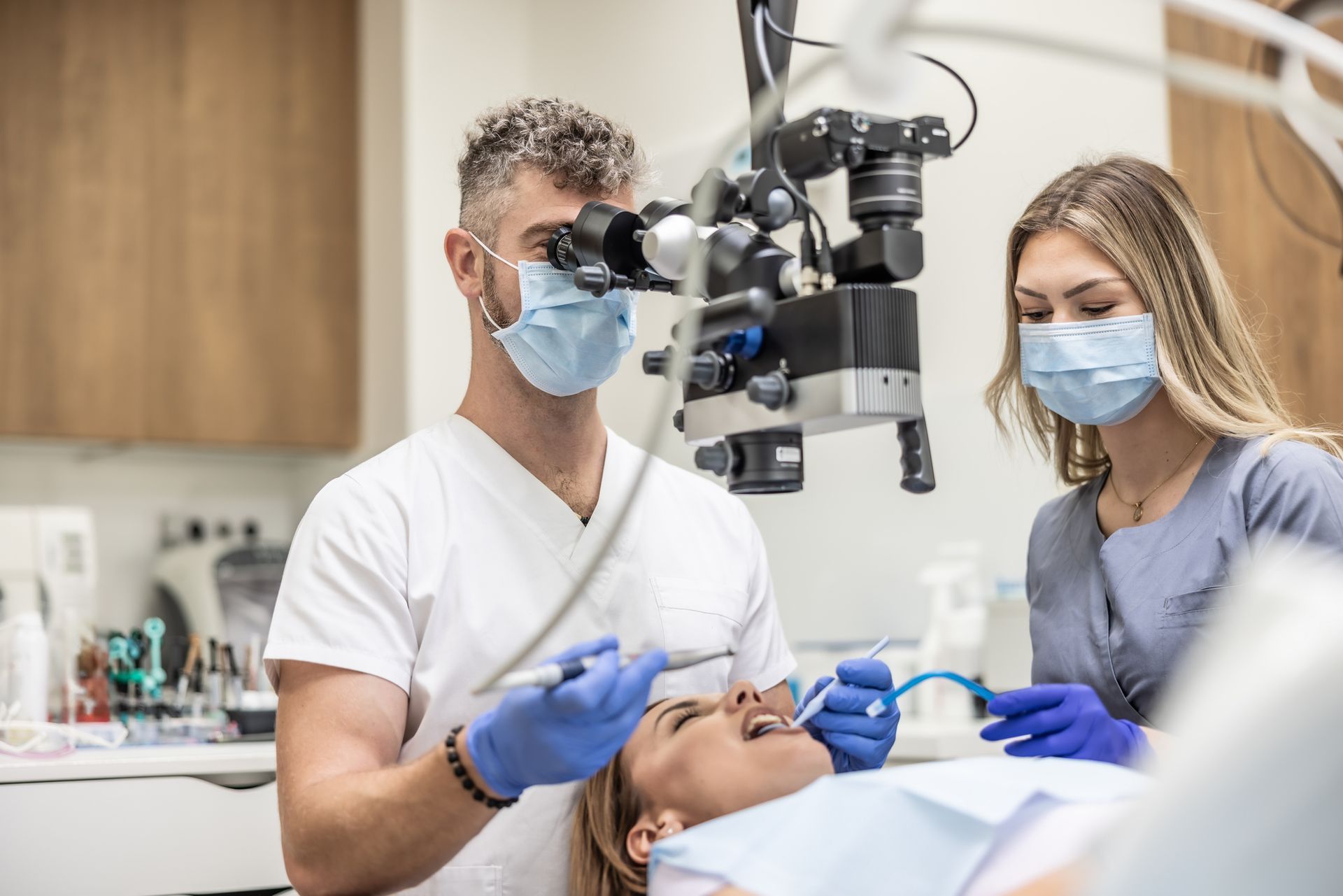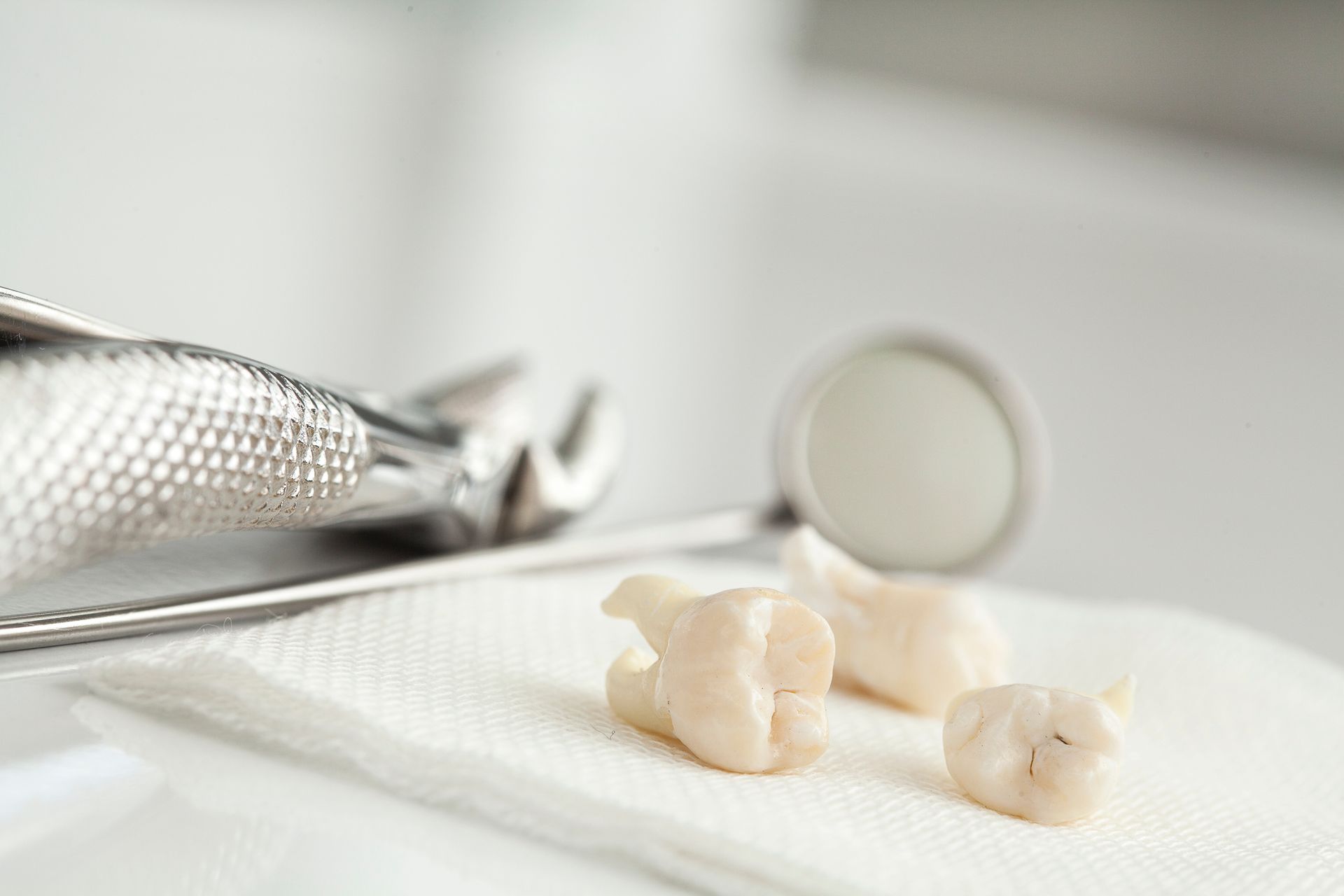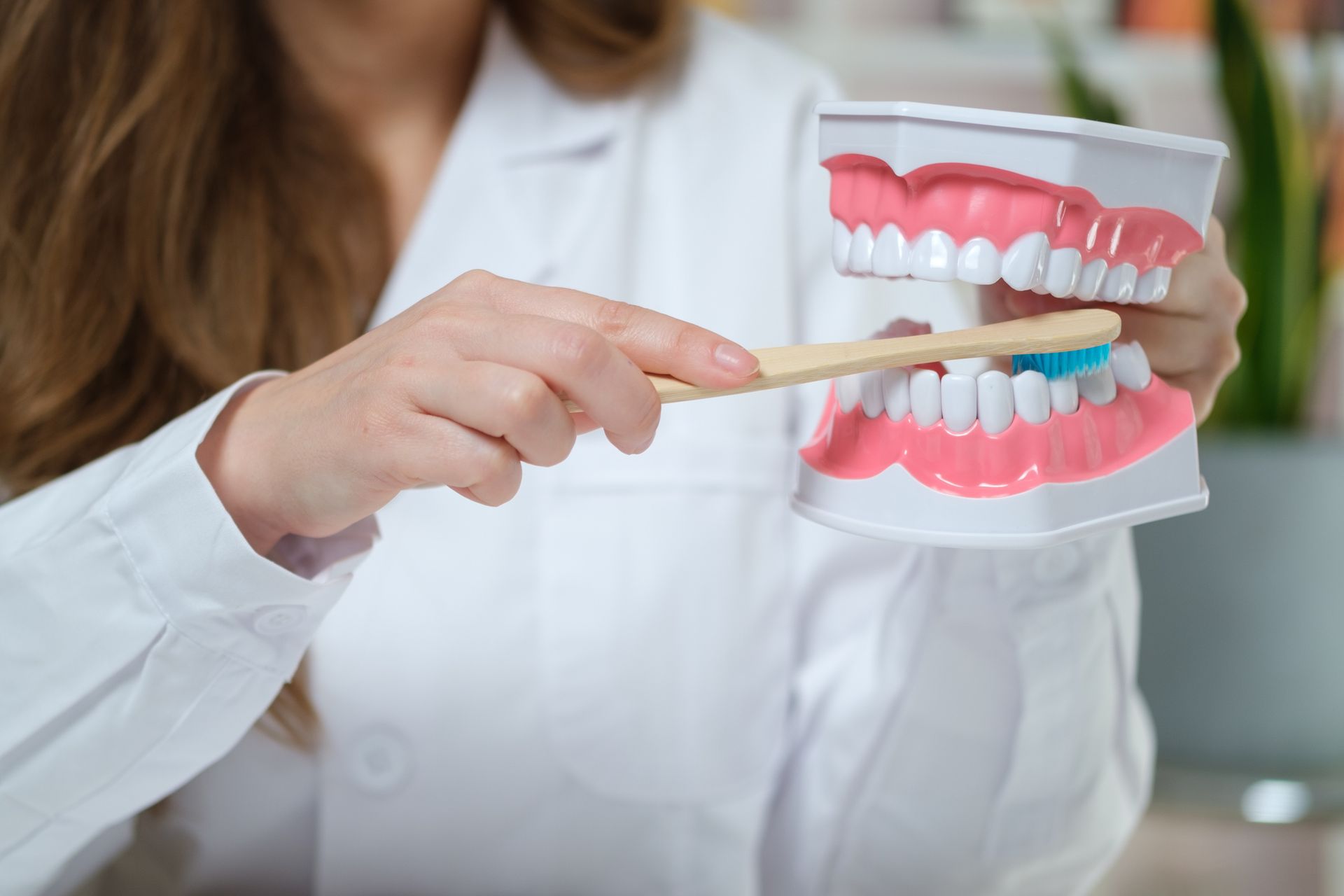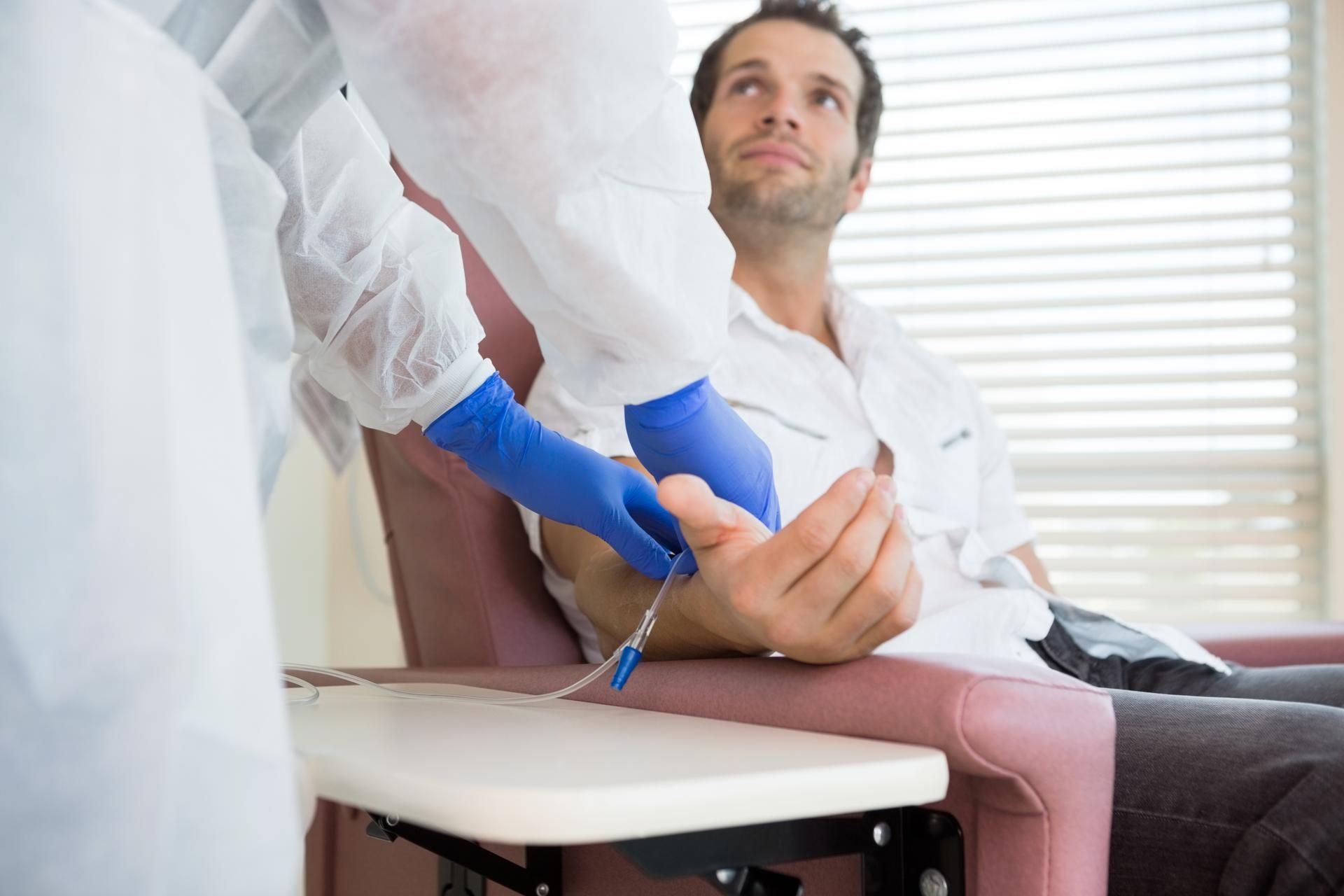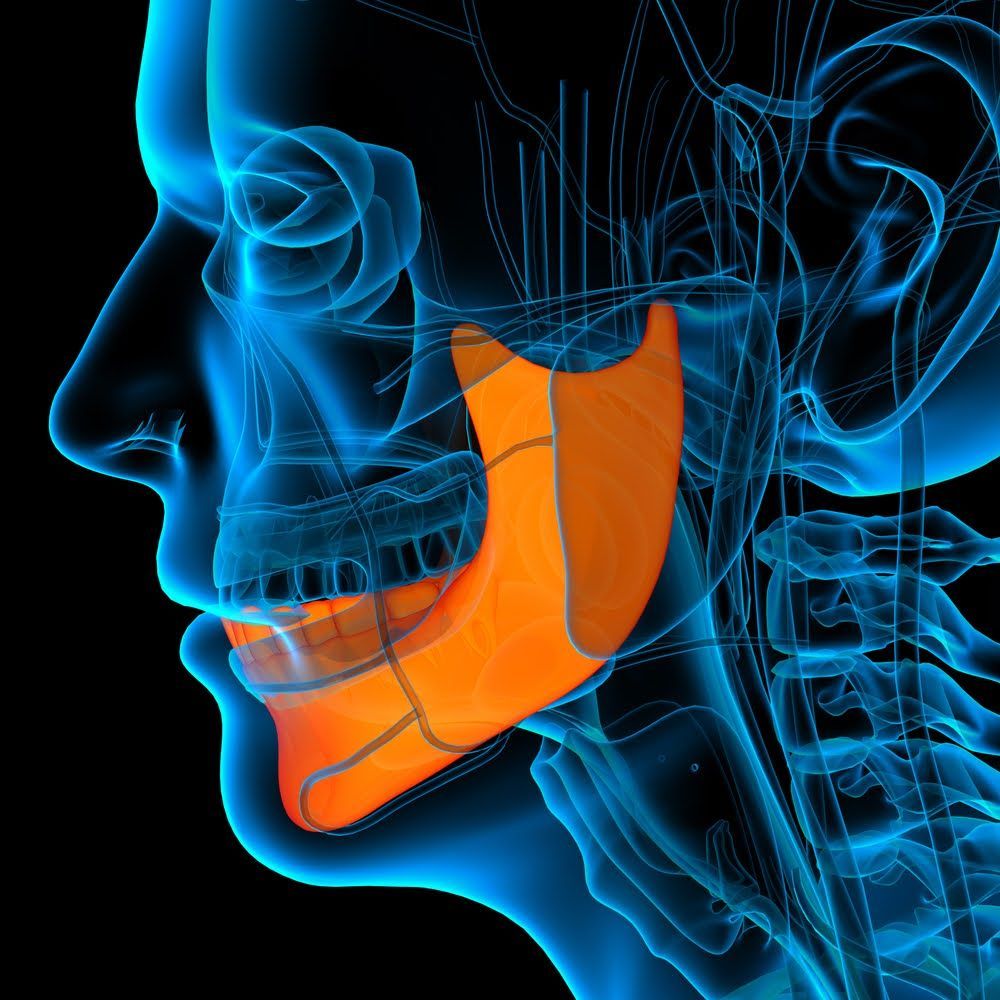6 Things Your Dentist May Monitor for Sleep Apnea Diagnosis
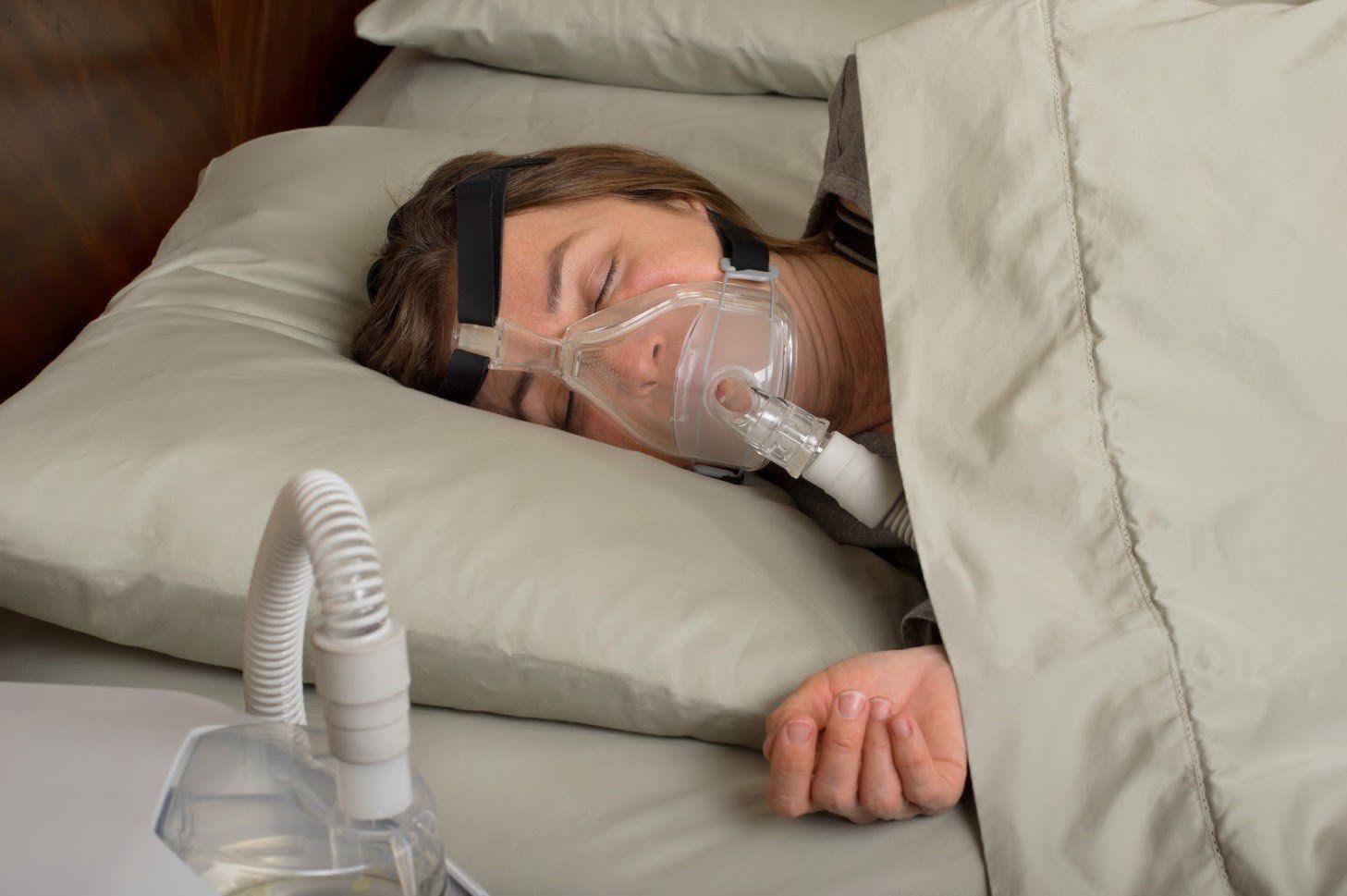
Sleep apnea is a sleep disorder characterized by periods of interrupted breathing. Uncontrolled sleep apnea can lead to various complications, such as cardiovascular problems, type 2 diabetes, liver problems, and even constant daytime fatigue. The only way to know whether you have sleep apnea is to get a professional diagnosis.
Sleep apnea diagnosis involves sleep monitoring. The following are the specific parameters your dentist will likely monitor for the diagnosis.
1. Snoring
Sleep apnea comes in two types. Obstructive sleep apnea (OSA) occurs due to obstruction of the upper airway. The obstruction can be complete or partial. Central sleep apnea (CSA) occurs due to an interruption of brain signals that control breathing muscles.
Dentists design sleep apnea tests to monitor both types of sleep apnea. Snoring is a typical OSA symptom, especially with partial airway blockage, as air tries to force itself through your airways. Thus, the dentist will often place a microphone near your nose to measure your snoring episodes and levels.
2. Brain Wave Activity
Brain wave activity refers to repetitive neural patterns that the brain produces at any time. The brain waves communicate your behavior, thoughts, and emotions to other parts of your body. The nature of the brain waves depends on your level of alertness. For example, brain waves in a sleeping person are different from those of a person who is awake.
An electroencephalogram (ECG) can measure your brain waves to determine your sleep level at different times of the night. The dentist will interpret the data to diagnose your sleep apnea. For example, you will experience CSA if your brain fails to signal your airway muscles to move and help you breathe.
3. Muscle Activity
Certain muscular movements characterize a sleep apnea episode. For example, if you stop breathing:
- Your face might twitch
- You might grind your teeth
- You might move your limbs
- Your diagram and chest muscles might move more to induce breathing
Your body might jerk when you resume breathing. An electromyogram (EMG) can measure your muscle activities and help the dentist interpret your sleep patterns.
4. Nasal Airflow
The most obvious symptom of sleep apnea is that the patient stops breathing. Therefore, a typical sleep apnea test involves an airflow sensor that measures air flowing in and out of your nostrils.
However, this is not the sole diagnosis of sleep apnea. Other issues, including respiratory diseases, can affect your breathing patterns during the night. Thus, the dentist will interpret the data in conjunction with the other sleep apnea symptoms for a correct diagnosis.
5. Heart Rate
Your heart rate and rhythm also change during a sleep apnea episode. Breathing interruption deprives your body of oxygen, so it will also trigger a drop in heart rate. The longer the interruption is, the lower your heart rate will drop. Your heart rate then accelerates fast at the end of the sleep apnea episode.
Thus, your sleep apnea diagnosis may involve an electrocardiogram (EKG) to monitor your heart rate. Data from the EKG may reveal the frequency of sleep apnea attacks, as well as the duration of each episode.
6. Blood Oxygen Levels
Lastly, the dentist may also use an oxygen level monitor to measure your blood's oxygen level. The monitor works because your body only gets oxygen via your lungs when you breathe. Your blood oxygen level drops if something, such as a sleep apnea episode, interrupts your breathing.
Various treatments, including surgery, can help you deal with sleep apnea. The San Diego Center for Oral & Maxillofacial Surgery offers diagnosis and treatment for various sleep apnea levels.
Contact us for a consultation for all your oral and maxillofacial problems.
